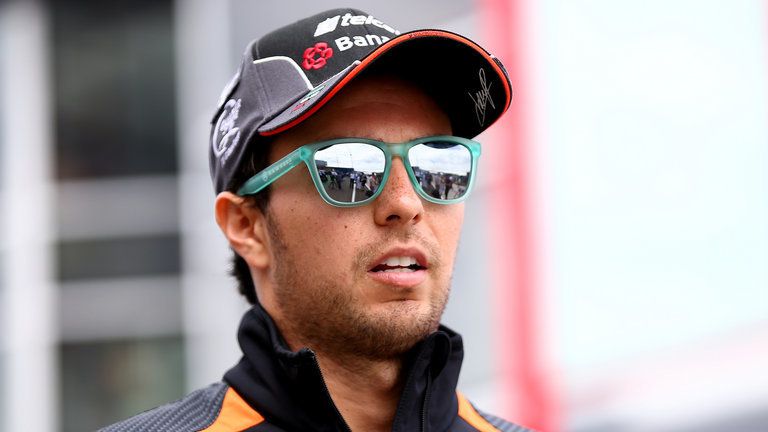Closing the gap between sponsorship and social media teams
Why is there seemingly such a big gap between the role of a sponsorship team and the role of the social media team of that sponsor? How can the messaging often get so diluted? And what can happen if it does? We look at some shocking circumstances when this can backfire and cause the opposite effect of what the sponsorship is trying to achieve in the first place.
The background…
When a sponsorship is announced, two entities have made a judgement call on each other that their brand fits with the other and the endorsements will follow. However, even when not endorsing the brand or individual specifically, all comms (particularly on social media) needs to be non-offensive and they need to tow the party line in order for the relationship to continue fruitfully. When this doesn’t happen, people and brands are exposed.
Dumped via a tweet?…
Recently, Formula One Driver Sergio Perez chose to end his sponsorship with sunglasses brand ‘Hawkers’ over a tweet they posted after Donald Trump was announced as president, in fact announcing he was ending his sponsorship through the tweet itself.

This is an unfortunate case because not only is this a local market Twitter account for Hawkers (Mexico) and not their Global account, but this is clearly the action of one individual and you would hate to think they have now lost their job as a result.
But this begs the question of whether Hawkers (and indeed any brand) are doing enough to communicate (internally) about their sponsorship; what it means, who the ambassadors are, what the messaging is, what the objectives are, what assets are available to them etc.
Kicked out of touch…
A couple of examples of brands being out of touch with their sponsorship with teams have been seen before at Liverpool FC.
Firstly, Dunkin Donuts caused a bit of a stir with this tweet when they decided to adapt their branding on the Liverpool FC badge to promote their sponsorship. Unfortunately, they swapped the eternal flames on each side which honoured the Hillsborough disaster victims for coffee cups/milkshakes causing outrage with the fans.

Similarly, Holler offended Liverpool fans with only their second tweet after announcing their partnership, mocking the football club’s title drought.

No way! Branding everything…
When you have your name on the shirt, there is even more responsibility. West Ham United sponsor Betway were forced to apologise for this tweet criticising the decision for Michail Antonio to be played in defence (including a picture of him with their branding everywhere!).

It begs the question of whether the rights holder (West Ham United in this case) have approval on this content before posting. You would expect not, here. But the truth is, they shouldn’t need it. Controversy and opinion may invoke engagement, but offending fans and people of the club you sponsor is far more damaging. Ere on the side of caution if in any doubt is surely the best way.
Using your head…
Communication from a brand regarding a sponsorship doesn’t always need to be met with rose tinted specs, but when support is given, it needs to be done in the right way for the right reasons.
Head Tennis decided to express their support for Maria Sharapova after her doping ban was reduced to 15 months by posting a tweet. This was met with outrage since HEAD was sponsoring/supporting an athlete who breached doping rules.

This is seemingly a company-wide decision; firstly sticking with her, then going public with the support via Twitter with a prepared graphic and PR party line. Fair enough, a clear strategy, whether everyone agrees with it or not.
Connecting the sponsorship dots…
The common thing with all of the examples above (and the countless other examples seen every day, not just in sport) is the apparent disconnect between a sponsorship team and the social media team, whether on the side of the brand, rights holder or individual.
In order to make a sponsorship communication successful (or a sponsorship communicated successfully) everyone needs to be aligned with the same brief. Whether this is briefing all people internally or advising others involved, the messaging needs to be clear and consistent.
Often there are other agencies or parties to incorporate too, whether this is a PR agency or a sponsorship activation agency, digital and social media needs to be at the heart of this and not just an after thought.
If the objectives are clear, assets gathered, tone of voice defined, budgets set and people (yes, actual humans behind the social media accounts) briefed, then there’s no reason why it can’t be done right (or at the very least without backfiring spectacularly).
At fifty digital we specialise in this; digital and social media communication in sponsorship and sport. We partner with brands, individuals and rights holders to make sure this is always done right. If you’re interested in talking to us more about this, we’d love to hear from you. Get in touch via: hello@fifty.digital




